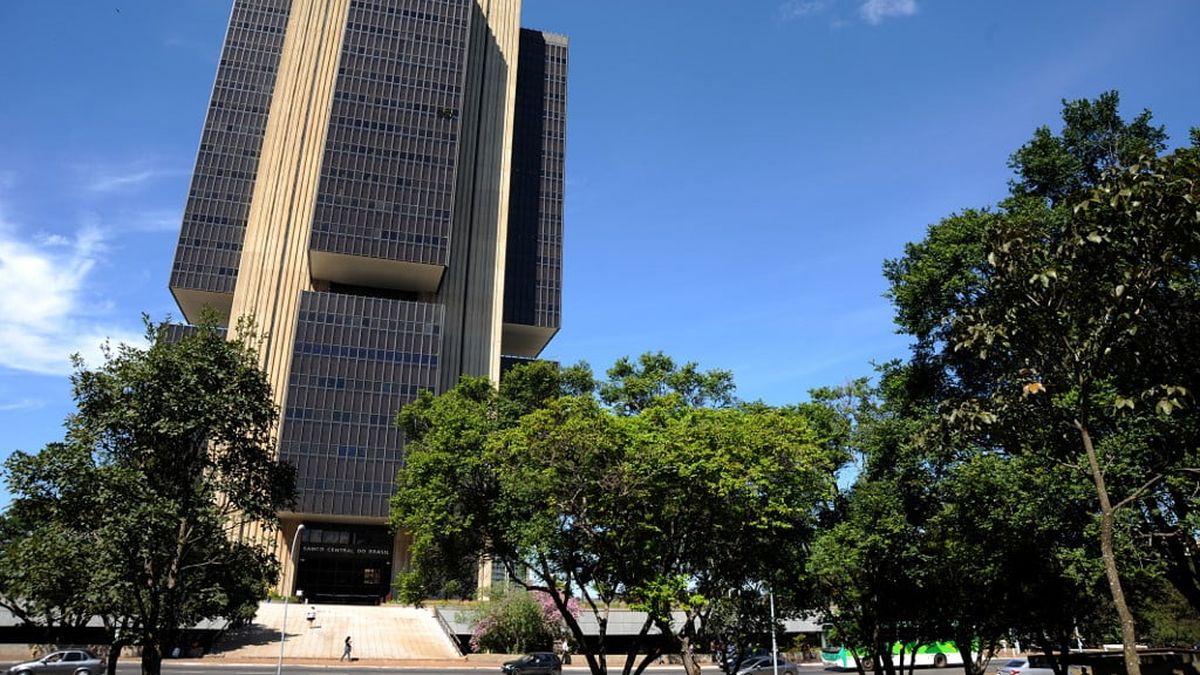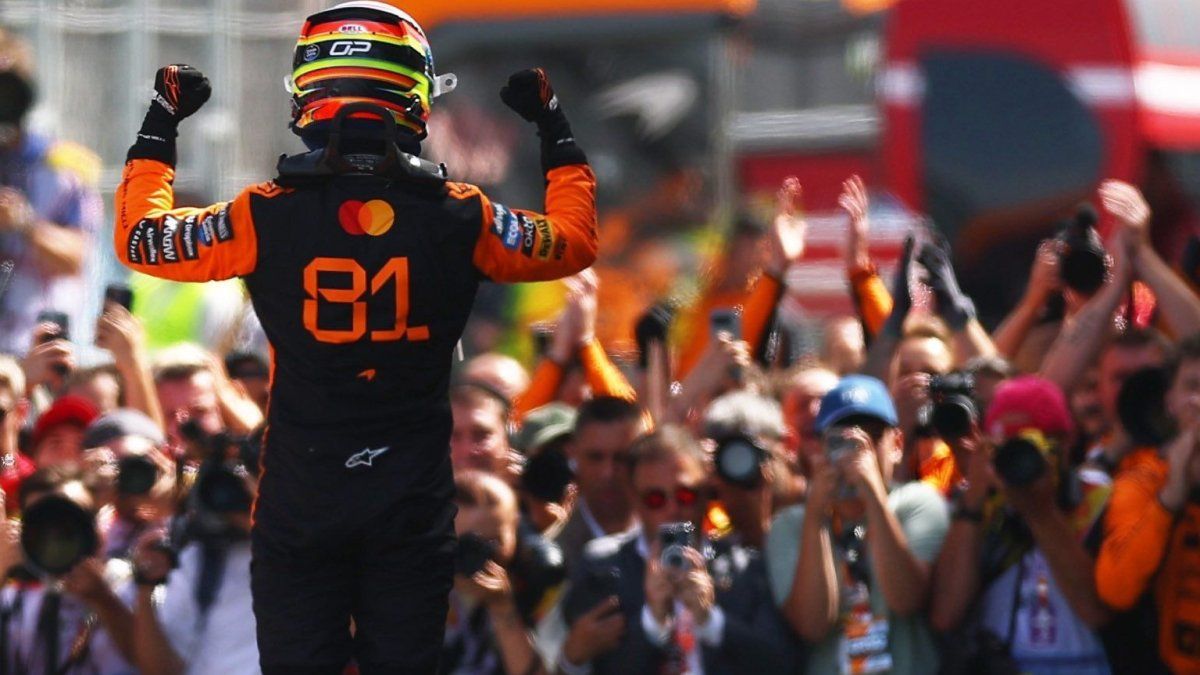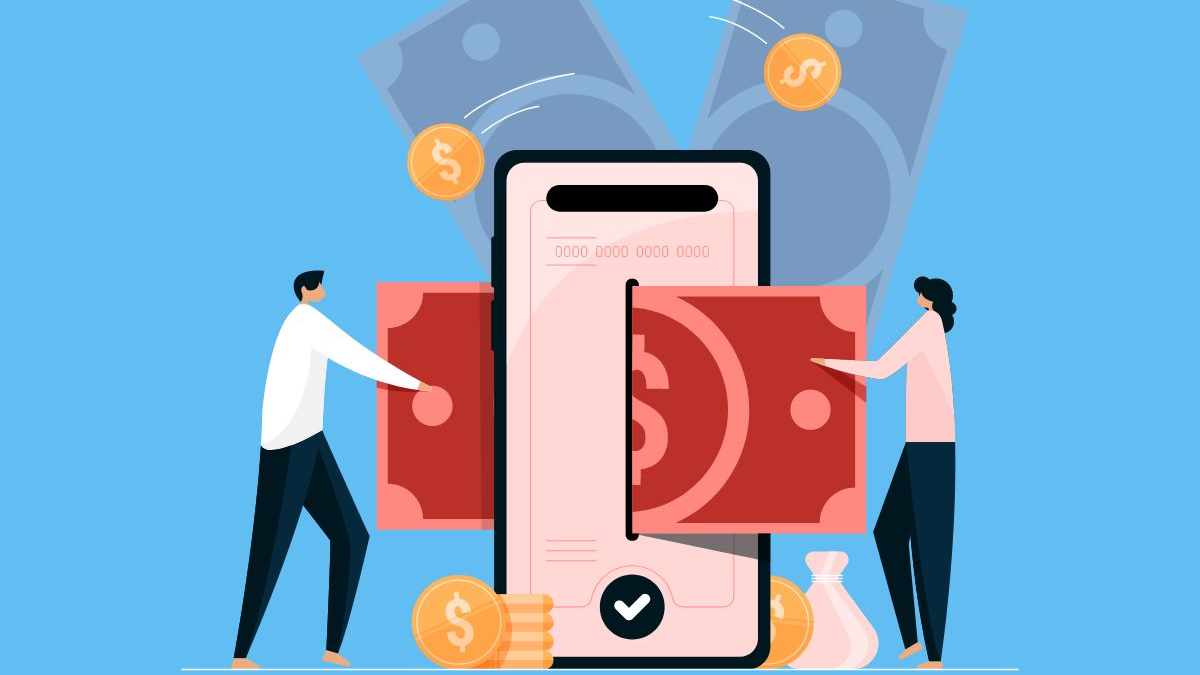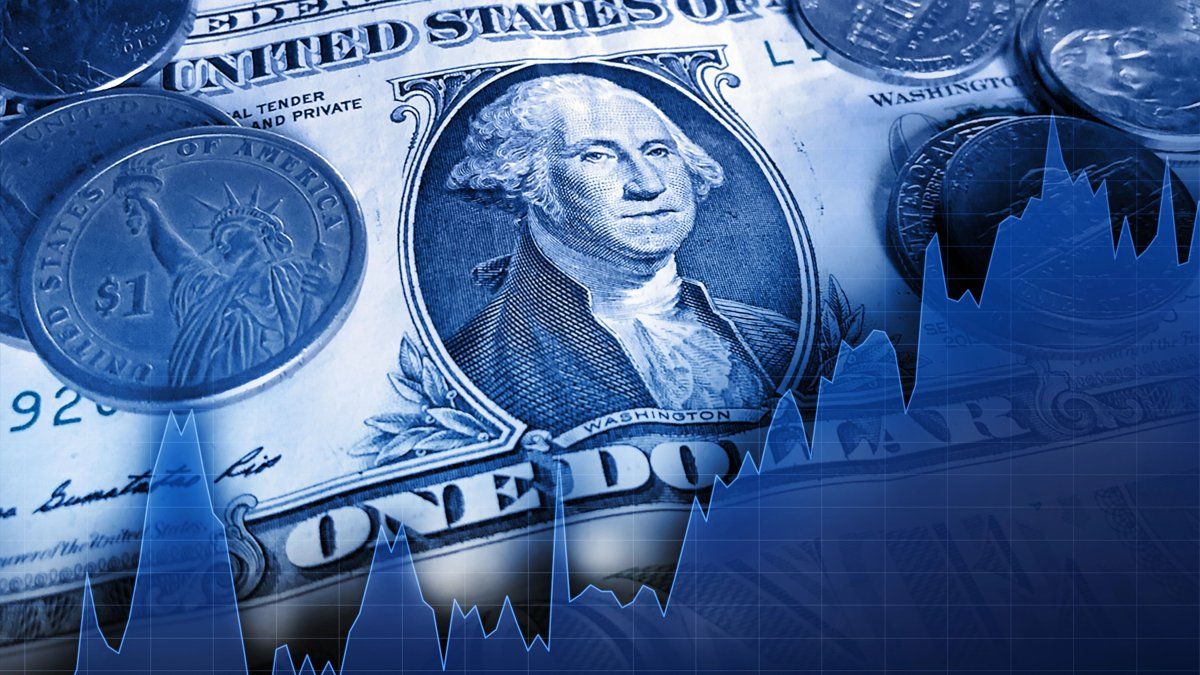Despite slowing inflation in Brazil, high interest rates, strong labor market and credit challenges suggest the monetary tightening cycle will continue into 2024.
The Brazil annual inflation unexpectedly slowed in early December, as central bank policymakers promise two additional interest rate hikes before March.
The content you want to access is exclusive to subscribers.
Official data released Friday showed consumer prices rose 4.7% in the first half of December compared with a year earlier, below the median estimate of 4.8% in a Bloomberg survey of economists. In monthly terms, they increased by 0.3%. A separate report showed unemployment fell to 6.1% in the three months to November, the lowest level since the series began in 2012.


Central bankers raised rates to 12.3% this month and signaled an extension of the tightening cycle that would take the Selic rate to its highest level in eight years. Rising meat prices have pushed up food costs, services inflation is above the 3% target and a weaker real is adding pressure on industrial goods prices.
New central bank president
At the same time, a strong labor market is supporting consumer demand and fueling economic growth, which has surprised to the upside throughout 2024. Overall, Those responsible for monetary policy have indicated that the disinflation process has stalled.
Gabriel Galipolowho will take over as central bank governor in January, has said there is a “high standard” for any change in the institution’s guidelines.
Outstanding loans grew 1.2% in the month of November despite high interest rates, according to a central bank report published on Friday. Monetary policymakers are warning of stronger-than-expected credit flows, suggesting caution at a time when personal default rates remain at 5.4% and household debt hovers around 48%.
brazil-banco-central-real.jpg
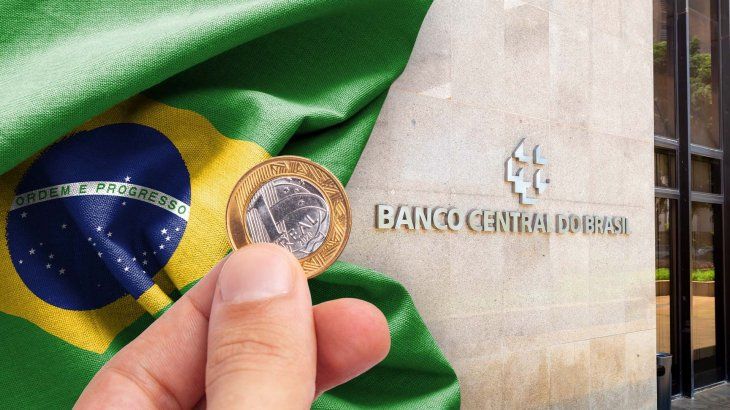
With inflation in decline: challenges and strategies for Brazil’s economy in 2024.
Investors have sold local assets as they become more skeptical of the president’s promises Luiz Inácio Lula da Silva to curb spending. The central bank has intervened in the currency market with currency auctions and credit lines repeatedly in the past two weeks, providing liquidity as the real sinks near a record low.
Despite this intervention, the real continues to fall more than 21% against the dollar this year, making it the weakest currency among the main currencies. A weaker exchange rate fuels inflationary pressure by making imports more expensive.
Analysts surveyed by the central bank expect annual inflation to accelerate to 4.9% for the full month of December and decline to 4.5% by the end of 2025.
Source: Ambito
I am Pierce Boyd, a driven and ambitious professional working in the news industry. I have been writing for 24 Hours Worlds for over five years, specializing in sports section coverage. During my tenure at the publication, I have built an impressive portfolio of articles that has earned me a reputation as an experienced journalist and content creator.

